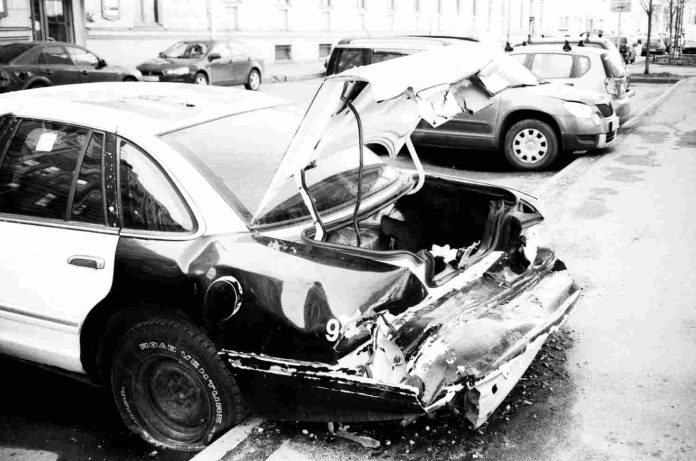Car crashes remain one of the leading causes of preventable deaths worldwide, with more than 1.3 million fatalities every year. According to the World Health Organization, the vast majority of these fatalities—about 93 percent—occur in low- and middle-income countries, where safety standards in vehicle design and crash testing often lag behind those in wealthier nations.
A newly published study in Computer Methods in Biomechanics and Biomedical Engineering offers a breakthrough in understanding and preventing injuries by using a cutting-edge biomechanical modeling framework to predict fractures and ligament tears in crash scenarios (Ellahi, Gupta, Bose, & Chanda, 2023).
Moving Beyond Crash Test Dummies
For decades, automakers and safety regulators have relied on crash test dummies, such as the widely used Hybrid III models, to simulate the effects of collisions on the human body.
While these dummies provide valuable insights into broad patterns of injury risk, they fall short in one critical respect: they cannot accurately reproduce specific injuries such as bone fractures or ligament tears.
The research team led by Ashique Ellahi and colleagues sought to close this gap by building a highly detailed, biofidelic computer model of the human body—one that behaves like real bone, muscle, and connective tissue under stress. They then simulated a full-frontal car crash into a rigid wall, tracking exactly how forces traveled through the body and which structures were most at risk of injury.
Methods: Simulating the Human Body Under Crash Forces
At the heart of the study is the team’s novel fracture modeling technique.
Unlike conventional simulations, which only provide generalized measures of impact, this model calculated the stresses and strains placed on individual bones and ligaments.
- Crash scenario: a head-on collision into a solid barrier
- Focus: monitoring how an occupant’s body absorbs and responds to impact
- Outcome: precise stress thresholds for fractures and ligament tears
This approach allowed the team to predict not only which parts of the body were likely to be injured, but also the exact stress levels at which fractures and tears occur.
Results: Pinpointing Fractures and Tears
The simulation revealed several significant findings:
- Rib fractures: ribs 5–7 at ~120 MPa, especially in the left lateral vertebrosternal region
- Lower extremity ligament tears: ~70.8 MPa stress threshold
- Tibia and femur fractures: ~236 MPa
- Skull stresses: ~11 MPa (not enough for fractures, but possibly linked to concussions)
These results show how the model can differentiate between severe skeletal injuries and subtler trauma such as concussions.
Conclusions: A New Tool for Safer Cars
The authors conclude that this computational model represents a powerful new tool for automotive safety research.
Because it can predict a wider range of injuries with higher fidelity than crash test dummies, it could become indispensable for car manufacturers testing and refining safety features.
Equally important, the model is adaptable—it can be applied across various accident scenarios, including side impacts, rollovers, and multi-vehicle crashes.
Implications for the Public
For everyday drivers and passengers, the implications are profound:
- Faster innovation: Improved accuracy may speed up development of smarter airbags, stronger seatbelt systems, and energy-absorbing structures.
- Global reach: Low- and middle-income countries—where fatalities are highest—stand to benefit most if automakers adopt these models.
- Better injury prediction: Understanding trauma thresholds could transform both vehicle design and emergency medical response.
Looking Ahead
While this study is a milestone, the researchers note the need for further validation against real-world crash data. Collaboration with automakers and regulatory bodies will be essential for global adoption.
Still, the message is clear: the era of relying solely on crash test dummies may be ending. With tools like this high-fidelity biomechanical model, the future of safety testing is likely to be more predictive, more precise, and ultimately, more life-saving.
Citation
Ellahi, A., Gupta, S., Bose, D., & Chanda, A. (2023). A high-fidelity biomechanical modeling framework for injury prediction during frontal car crash. Computer Methods in Biomechanics and Biomedical Engineering, 27(1), 13–24.
